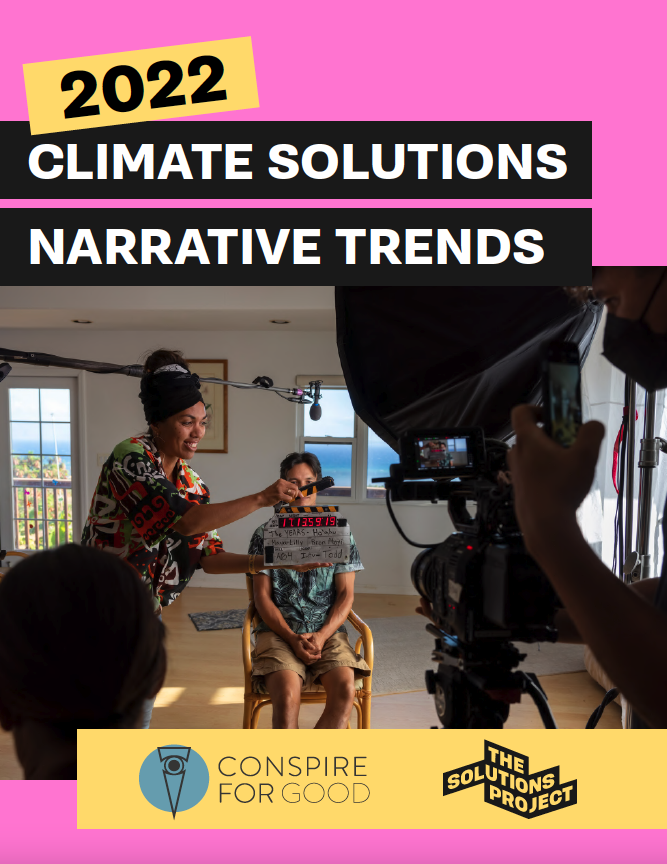Our latest report on climate solutions narrative trends in the media
In 2022, the research team at Conspire for Good analyzed 7,250 news and opinion articles and 3,900 top-engagement social media posts focused on climate solutions. Our analysis spanned three issue areas related to climate solutions: renewable energy, water and food systems.
The media narrative about the solutions humanity is pursuing—to ensure we have sustainable food, water, and energy—is important. This narrative not only keeps us informed about what’s happening; it also shapes our understanding of the need for these solutions and what we believe is possible moving forward. This in turn influences decision makers at every level of government and industry, as well as individual consumers.
Movement and local communities were positioned as leading on food system issues, even more than the federal government.
“We are in a pivotal moment where digital media is taking activism to a new level, newsrooms are building climate teams, and audiences are demanding for climate stories in films and entertainment. Not just any stories – stories that are focused on solutions to the climate crisis, narratives that give us hope and allow us to reimagine a world that’s more equitable and sustainable.”
Gloria Walton CEO The Solutions Project
For more information, please contact Thelma, thelma@thesolutionsproject.org.

Get the nitty gritty on equitable representation of women and communities of color around climate change in the media.
(PDF, 2.2MB)